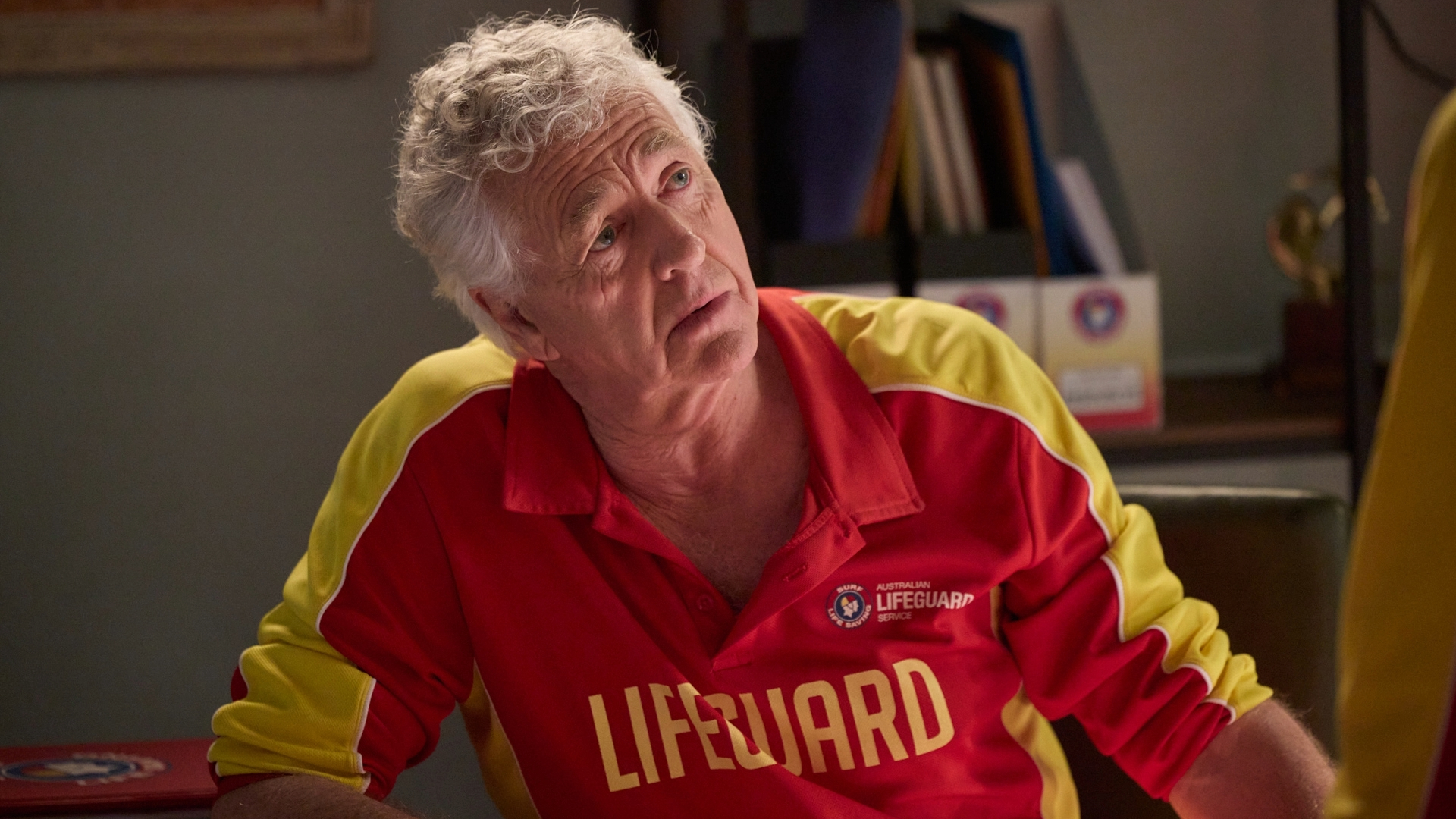Royal History’s Biggest Fibs with Lucy Worsley – BBC4

Lucy Worsley looks for the truth behind key times in history, starting with the Reformation, in Royal History’s Biggest Fibs with Lucy Worsley on BBC4
‘If you’re looking for the origins of Brexit, look no further than Henry VIII,’ says historian Lucy Worsley in her new BBC4 series, Royal History’s Biggest Fibs with Lucy Worsley, which aims to set the record straight about seminal periods in history.
This first episode looks at the Reformation in the 16th Century and England’s break with Rome, with Lucy pointing out that successive monarchs have manipulated history to suit themselves, resulting in centuries of confusion and lies.
Did Henry VIII really want the Reformation, or was it down to the influence of those around him, such as Thomas Cromwell or Anne Boleyn?
It may have happened 500 years ago, but its legacy is still being played out today…
‘History is made up of a chorus of voices.
‘Each one of them shouting out its own version of the story and very often it’s the loudest voices that get heard most clearly,’ says Lucy, 46, who, here, tells us more…

You begin Royal History’s Biggest Fibs with Lucy Worsley with the Reformation, King Henry VIII and his relationship with Anne Boleyn.
Tell us about that…
Yes, according to the popular version of the story, it was Anne Boleyn who lured Henry away from the Catholic faith.
And the story of how Henry dumped his first wife, Catherine of Aragon, in favour of a younger, sexier model has formed the plotline of royal ‘bonkbusters’, films and even musicals ever since.
The truth is that no one really knows what Anne looked like.
In the series, we see the small medallion, which is the only surviving portrait known to have actually been made during her lifetime.
Anne’s image has shifted shape according to who is telling her story.
What are some of the other myths and fabrications you explore from Henry VIII’s reign?
Many of the stories told about the Reformation have been spun.
In 1517, the monk Martin Luther was said to have nailed a document to the door of a church in Wittenberg in Germany attacking the Catholic Church.
Luther’s protest is often seen as the decisive act that inspired Henry VIII’s break with Rome, but this founding moment could well be a fib.
Like all the best stories, it’s probably been hammed up a bit and it’s doubtful that the scene at the church door ever took place.
Luther left 120 volumes of writing covering even the smallest details of his life and yet nowhere does he mention nailing anything to any doors.
Which historical myths do you explore later in the series?
I look at Queen Anne’s reign [from 1702-1714].
Her legacy was blackened by a sustained campaign of fibs and history has often portrayed her as stubborn and foolish but she was much smarter and more successful than that.
I also delve into the defeat of the Spanish Armada in 1588.
It’s been told as an inspiring tale of an underdog English navy defeating an invincible Spanish fleet, the moment which set England on the path to imperial glory, but it’s actually a story full of fibs!
For full listings, see our TV Guide.
TV Times rating: ****
Get the What to Watch Newsletter
The latest updates, reviews and unmissable series to watch and more!











